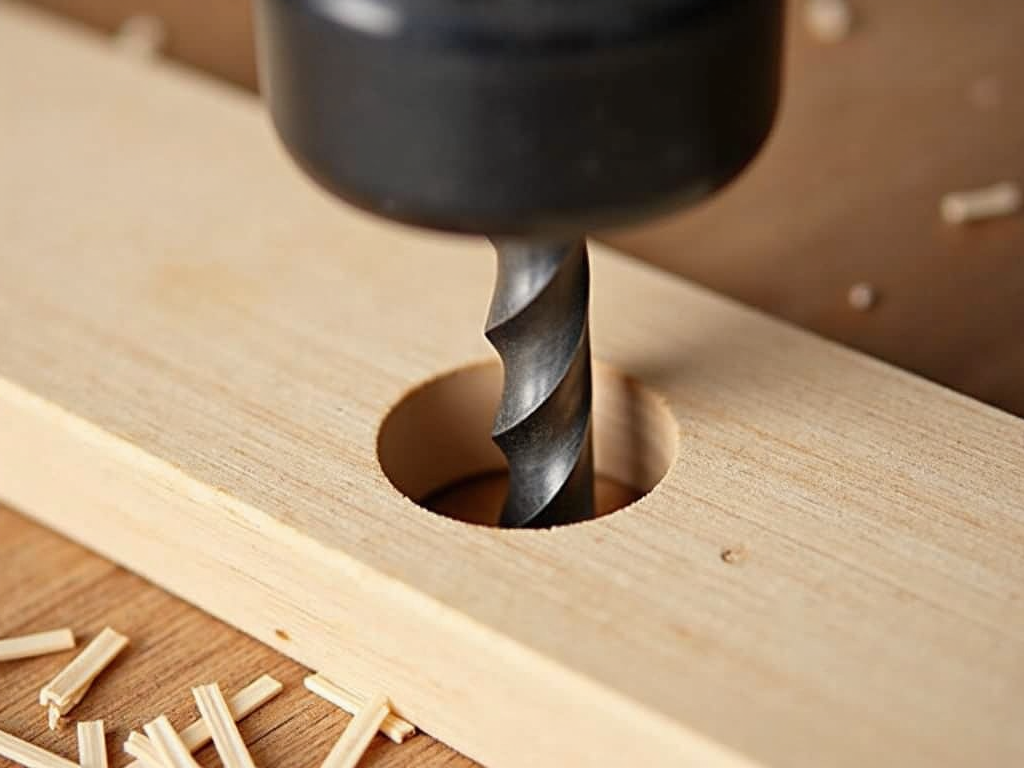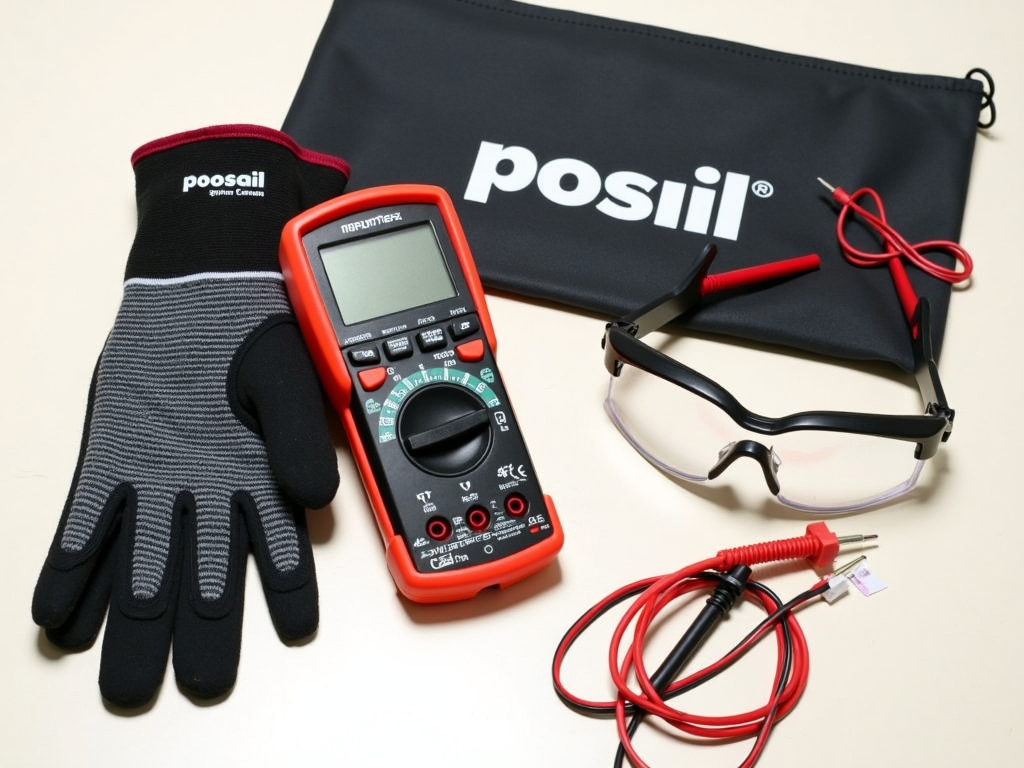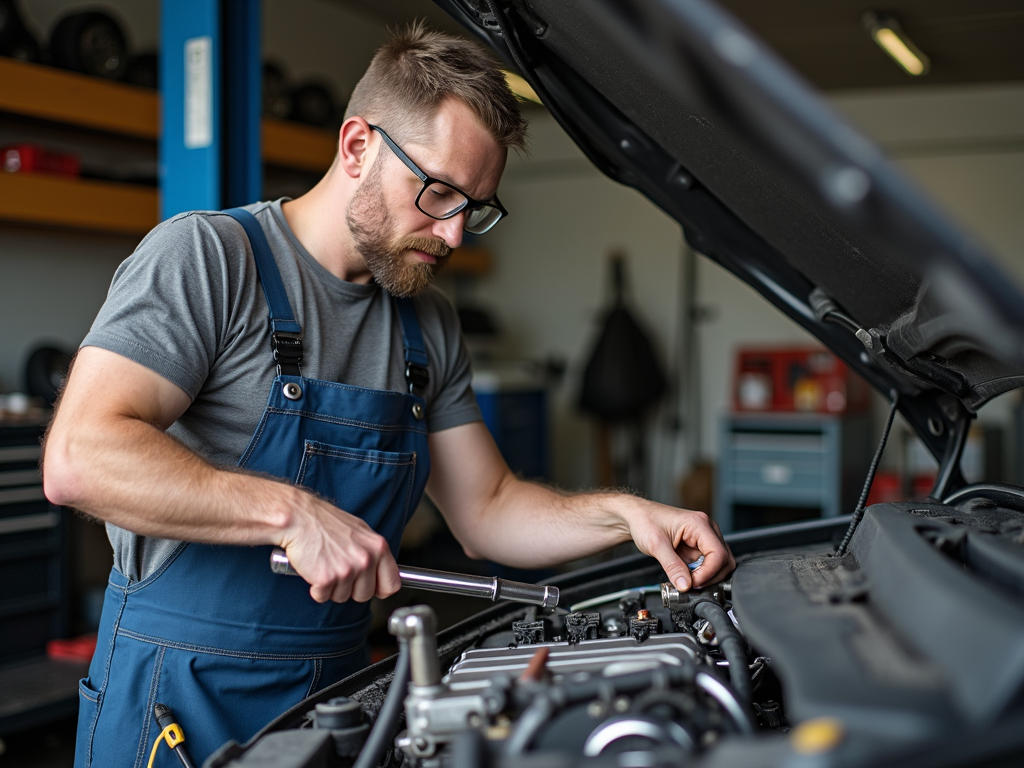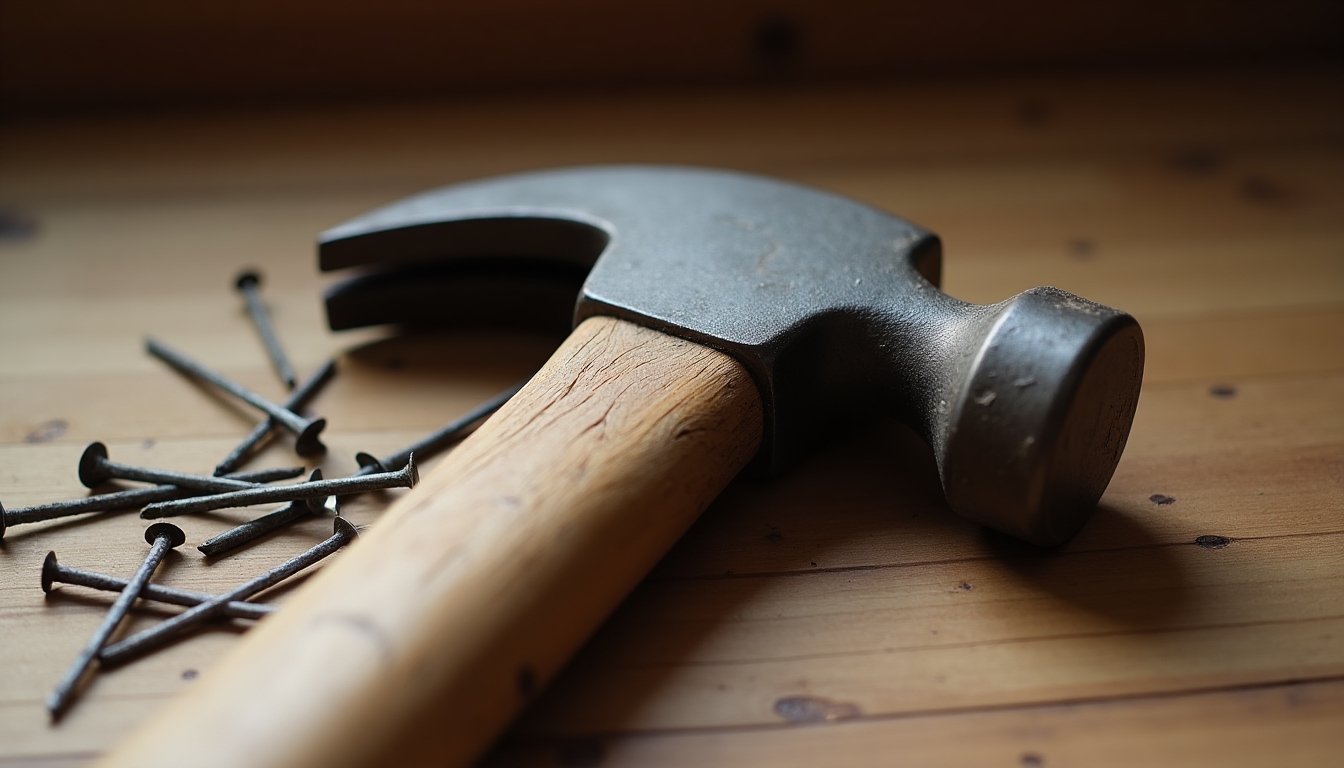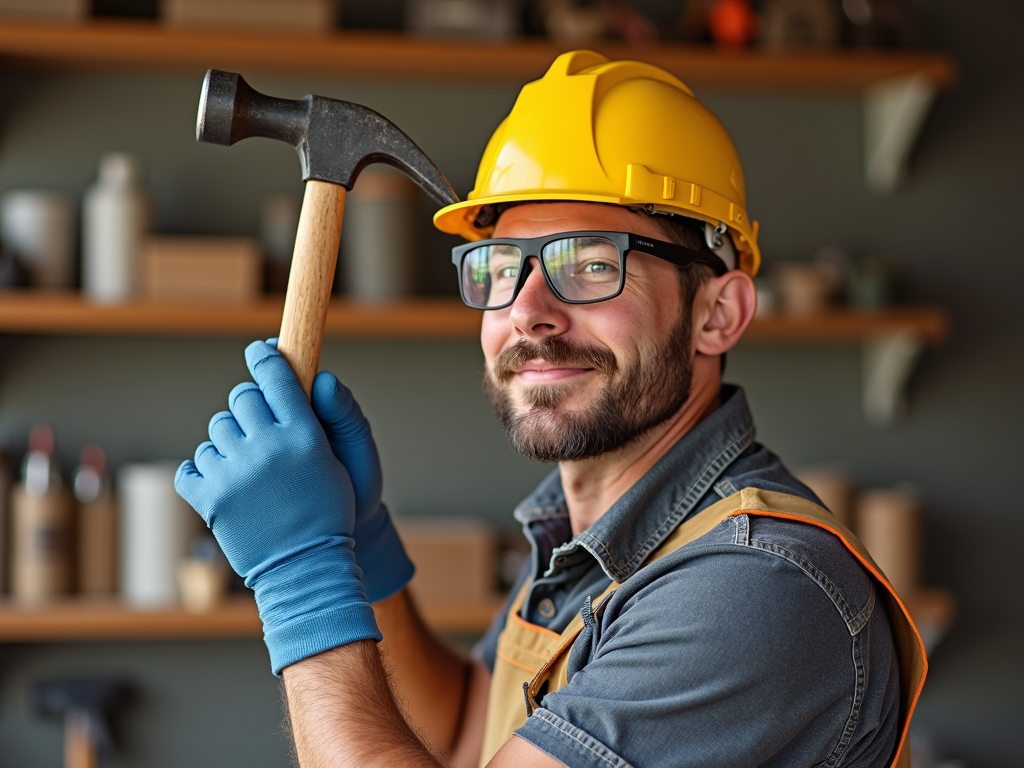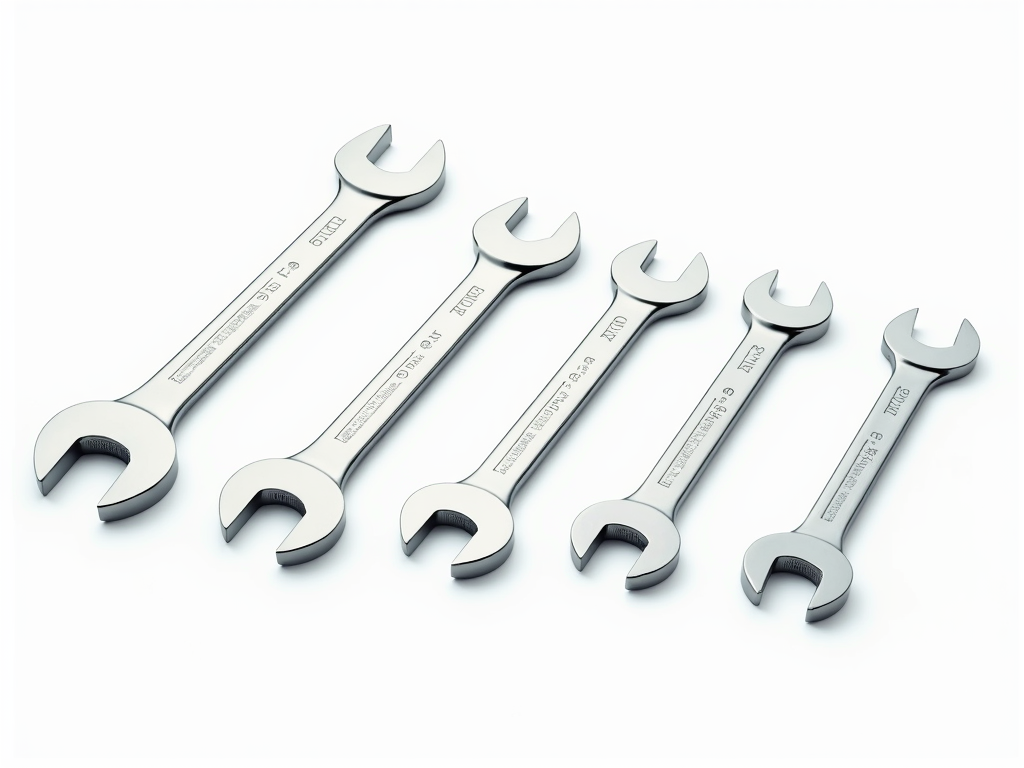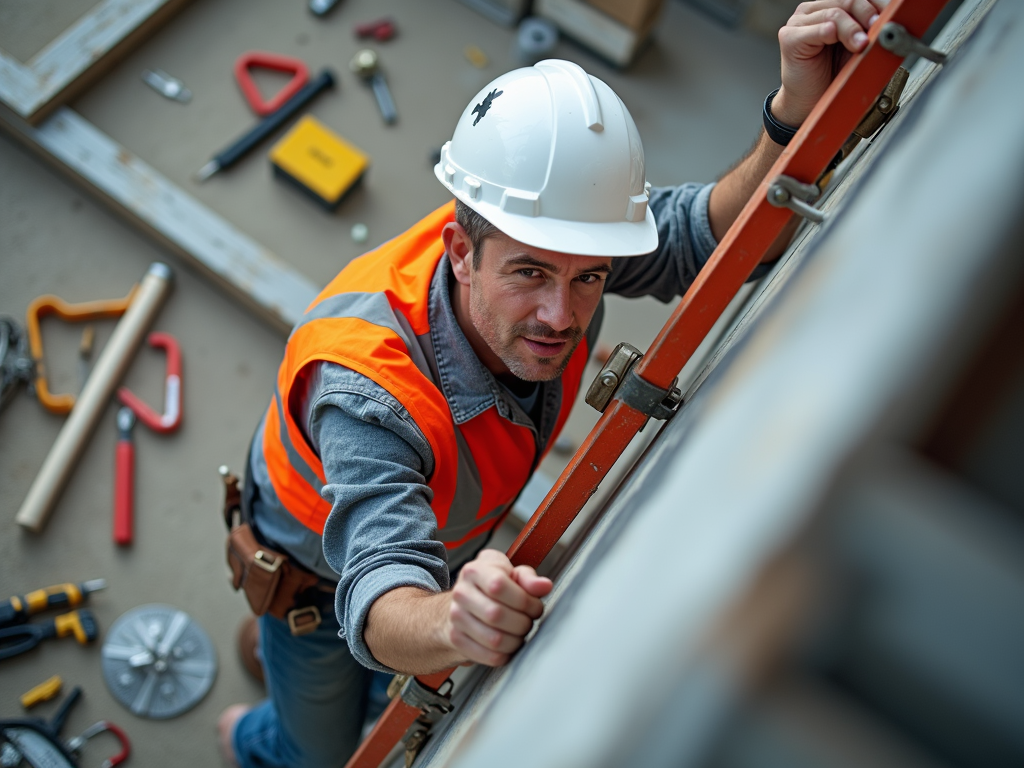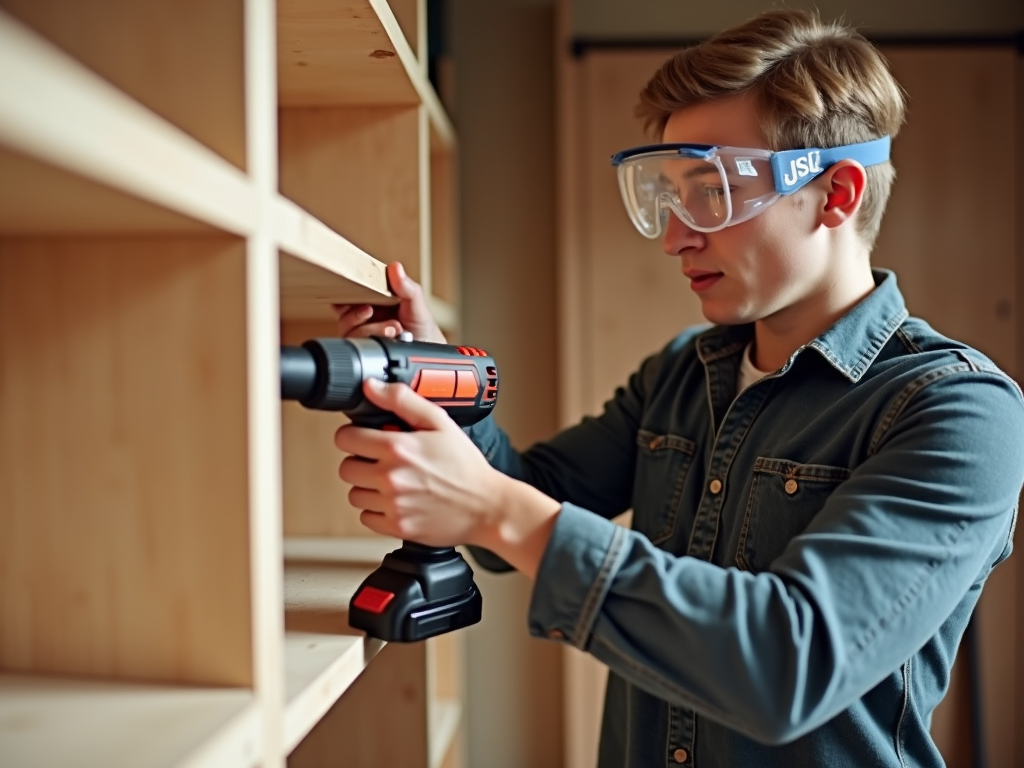Home electrical repairs can be daunting, but with the right safety practices, you can tackle them confidently. This guide will walk you through the essential steps and tools needed to ensure your safety and the success of your repair.
Preparation
Before you begin any electrical repair, it's crucial to understand your home's electrical system. Knowing where the main power switch is and how to turn it off is the first step in ensuring your safety. Your home's electrical system consists of a main panel, circuit breakers, and wiring that distributes electricity to various outlets and appliances. Familiarize yourself with the layout and labeling of your circuit breakers to know which one controls the area you're working on.
Having the right electrical tools is essential for any repair. A comprehensive guide to electrical tools includes items like insulated screwdrivers, wire strippers, and voltage testers. These workman tools are designed to keep you safe while working with electricity. Essential electrical tools include: - Insulated screwdrivers: For safely tightening or loosening screws on electrical components. - Wire strippers: To remove insulation from wires without damaging the conductor. - Voltage testers: To check if a wire or outlet is live. - Pliers: For bending and twisting wires. - Electrical tape: For insulating exposed wires.
Don't forget to wear appropriate safety gear, such as rubber-soled shoes and insulated gloves, to protect yourself from electrical shocks. Here's a table comparing different types of safety gear:
| Safety Gear | Purpose |
|---|---|
| Rubber-soled shoes | Prevent electrical shocks by insulating your feet from the ground |
| Insulated gloves | Protect your hands from electrical shocks |
| Safety glasses | Shield your eyes from sparks or debris |

Execution
Always turn off the power at the main switch before starting any electrical repair. This is the most critical safety practice in home electrical repairs. Use your tools correctly. For example, use insulated screwdrivers to avoid accidental contact with live wires. When handling wires, make sure to strip them properly and connect them securely to avoid short circuits.
Let's say you're replacing a light switch: 1. Turn off the power at the main switch. 2. Use a voltage tester to confirm the power is off. 3. Remove the old switch by unscrewing it from the wall. 4. Disconnect the wires from the old switch. 5. Connect the wires to the new switch, ensuring the connections are secure. 6. Screw the new switch into place. 7. Turn the power back on and test the switch.
I once replaced a light switch without turning off the power, and I got a mild shock. It was a scary experience, but it taught me the importance of always double-checking the power is off.
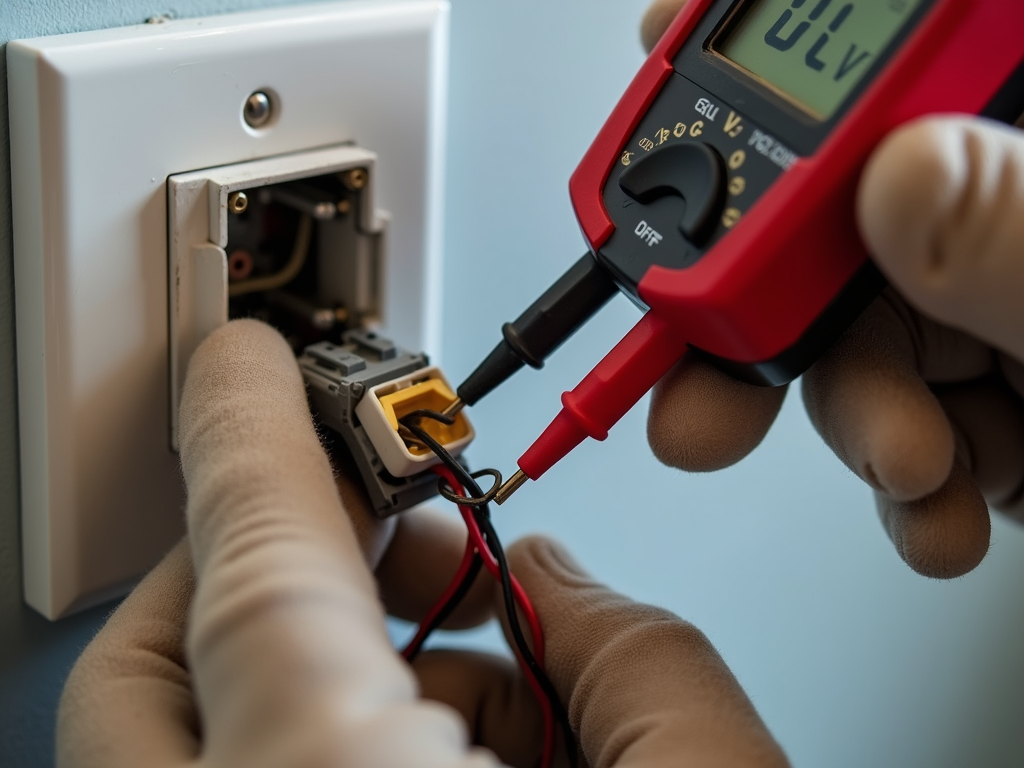
Post-Repair Checks
After completing the repair, test it to ensure everything is working correctly. For example, if you replaced a light switch, turn the power back on and check if the light turns on and off as expected. Make sure all connections are secure and there are no loose wires. Clean up your workspace and put away your tools properly.
Common mistakes to avoid: - Not turning off the power - Using the wrong tools - Failing to secure connections - Ignoring safety gear
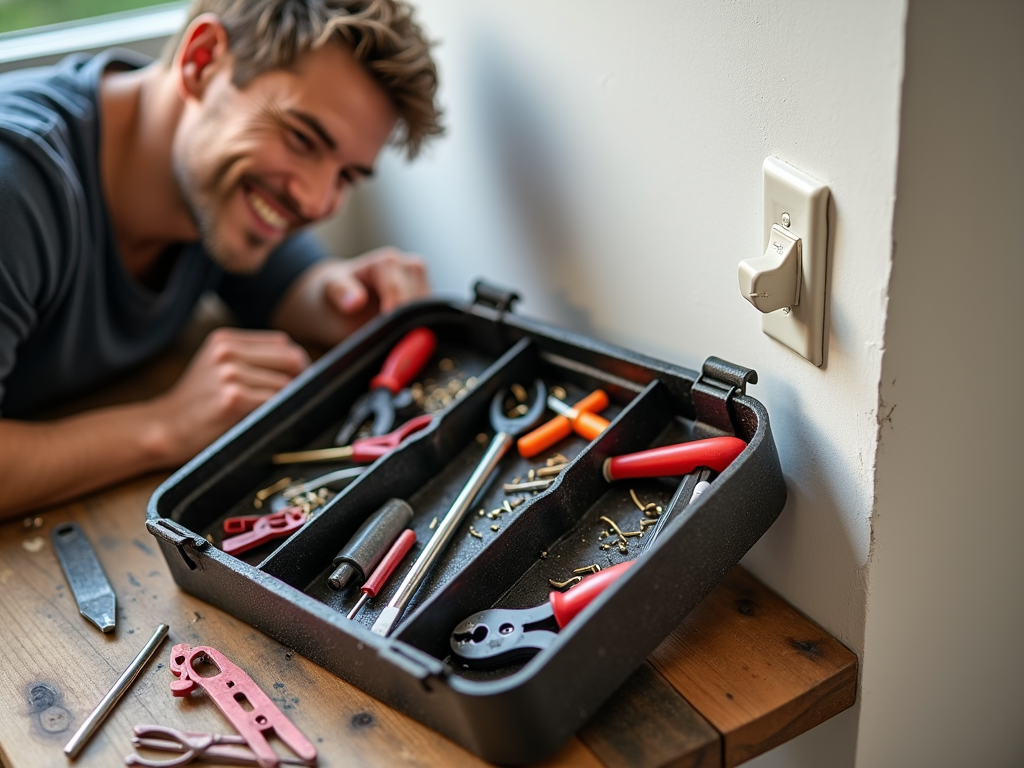
Summary
In summary, safety in home electrical repairs involves proper preparation, execution, and post-repair checks. By following these practices and using the right tools, you can ensure your safety and the success of your repair.
Related Safety Practices in Home Electrical Repairs:
- Essential Workman Tools for Electricians and Plumbers
- How to Choose the Right Workbench for Your Space: A Complete Guide
- How to Choose the Right Drill Bit for Your Project
- Essential Tips for Using a Multimeter
- How to Choose the Right Socket Set for Any Job
- How to Choose the Best Hammer for Your Needs
- A Guide to Basic DIY Home Repair Tools: Focus on Hammers
- Essential Safety Gear for Every Handyman
- How to Choose the Right Wrench Size: A Comprehensive Guide
- Essential Tips for Tool Maintenance: A Comprehensive Guide
- Safety Tips Every Workman Should Know
- The Essential Toolkit: Must-Have Tools for DIY Enthusiasts


